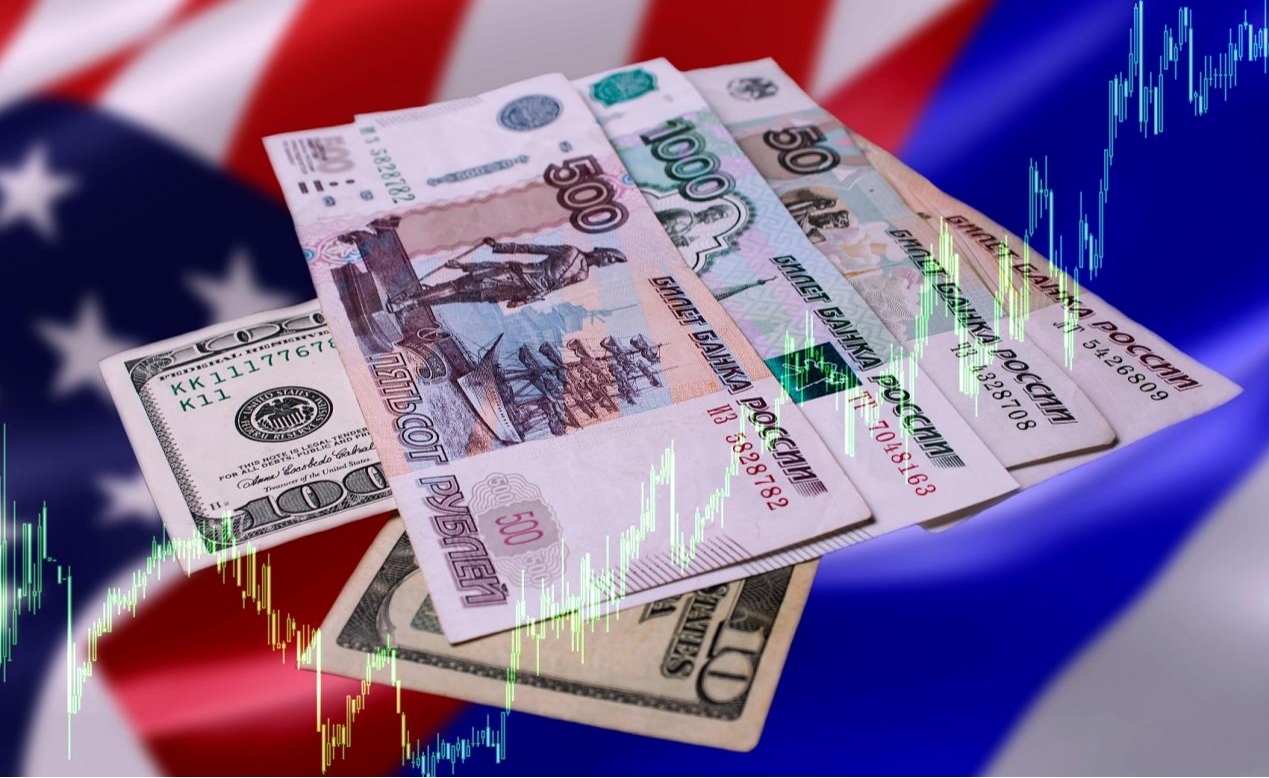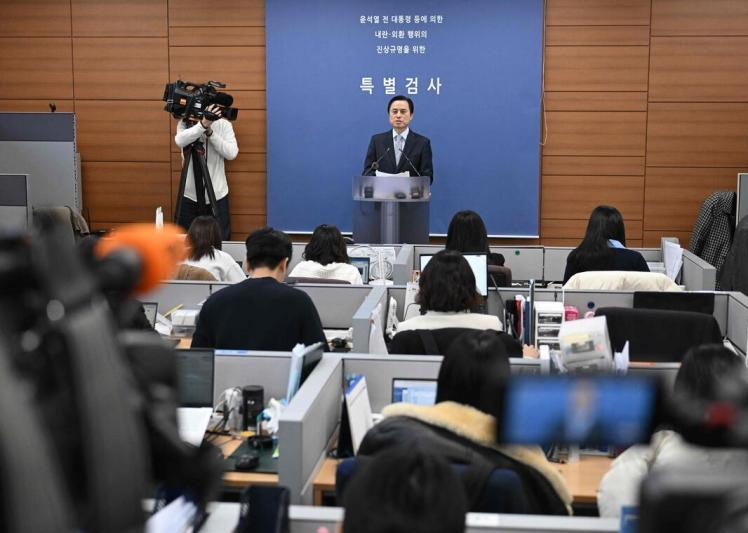
The global foreign exchange market is undergoing a silent power shift, with the US dollar's dominance facing multiple challenges. Federal Reserve Chairman Powell's dovish remarks at the Jackson Hole symposium were widely interpreted as foreshadowing a September rate cut by the Fed, directly leading to a sharp decline in the US dollar index. Market expectations for a Fed rate cut are rapidly rising, with federal funds rate futures currently implying a probability of over 80% for a September rate cut. However, just as a weakening US dollar became the mainstream market expectation, news that the Trump administration was considering sanctions against EU officials over the Digital Services Act unexpectedly put downward pressure on the euro. The euro fell nearly 1% against the US dollar to 1.1619, highlighting the significant influence of geopolitical factors on the foreign exchange market.
In stark contrast to the euro's political pressure, the RMB is experiencing a strong rise. On August 25, the onshore RMB exchange rate against the US dollar rose sharply, closing at 7.1517, up 288 basis points from the previous day's close and setting a recent high. The RMB's strength is supported by multiple factors: Growing expectations of a Federal Reserve rate cut have driven a sharp decline in the US dollar index, providing passive appreciation momentum for the RMB. Furthermore, the RMB central parity rate rose sharply by 160 basis points to 7.1161 against the US dollar, effectively guiding market expectations. The rapid development of Hong Kong's offshore RMB market has also provided strong support for the RMB's strength. On August 25, the optimized arrangements for offshore RMB bond repurchase transactions officially launched, improving the efficiency of collateral utilization and further reducing financing costs for market institutions.
The trend of the US dollar index appears to indicate deeper structural changes. Although the US dollar index rose 0.73% to 98.430 on August 25, this may be merely a technical rebound. Analysts believe that as the Federal Reserve resumes rate cuts and the impact of the US government's trade policies on the US economy gradually becomes apparent, the US dollar index will continue to face downward pressure. Uncertainty about the Federal Reserve's monetary policy also affects market expectations. If the month-on-month growth rate of core PCE exceeds a certain threshold or non-farm payroll growth falls short of expectations, these could alter the current pricing logic for rate cuts.
Looking ahead, exchange rates of various currencies may exhibit a new characteristic of "two-way fluctuations." For the euro, future trends will depend crucially on economic data and policy decisions. The market generally expects the European Central Bank to maintain its key deposit rate at 2% in September. The RMB exchange rate will continue to be dominated by two-way fluctuations, and the market needs to strengthen its risk-neutral approach. From the recent fluctuations in the US dollar index to the RMB's breakthrough through key levels, the global monetary landscape is being redrawn. The average daily trading volume in Hong Kong's offshore RMB market exceeds 3 billion yuan. These events outline the outlines of a new era: political will and market forces are reshaping the global financial order. In this new era, there will be no single winner, but the possibility of a multipolar monetary system is increasing.

YTN TV of South Korea reported on Tuesday (December 16) that the South Korean court plans to make a ruling on the charges of former President Yoon Suk Yeol for obstructing justice on January 16, 2026.
YTN TV of South Korea reported on Tuesday (December 16) tha…
On December 7, a new round of intense military conflict bro…
Recently, US media disclosed that the Pentagon is planning …
From three launch failures and a brush with bankruptcy to n…
Recently, a major piece of news has emerged in the US polit…
Against the backdrop of the Federal Reserve's third rate cu…